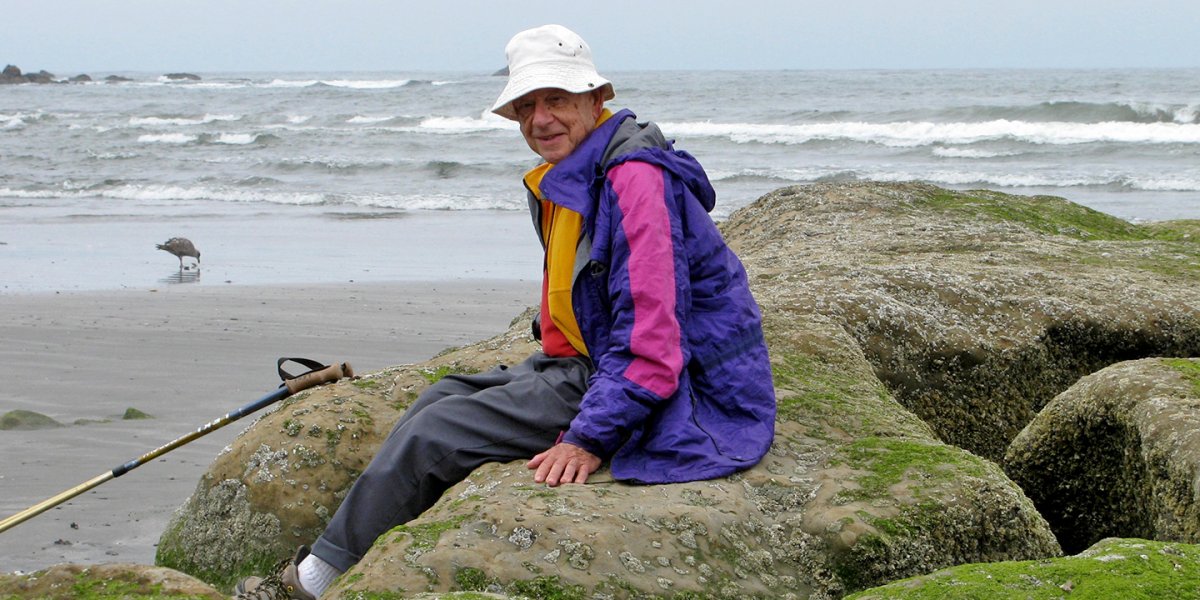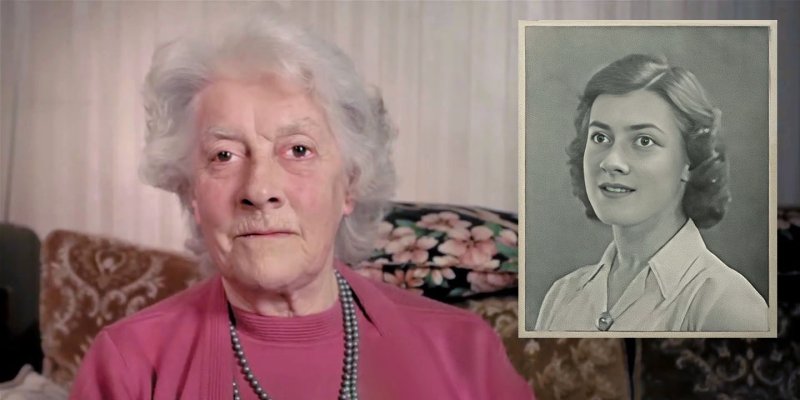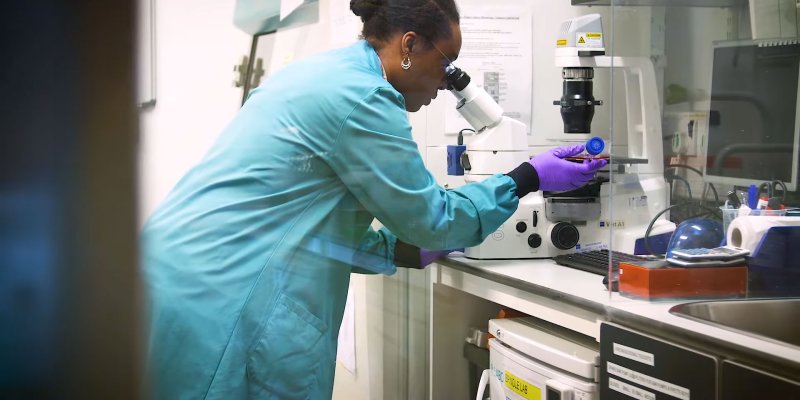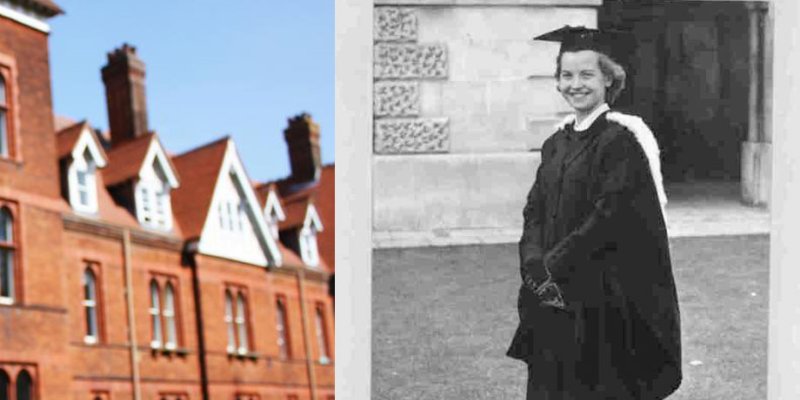Leaving a Legacy: Professor John Otto Kessler
Thanks to his bequest to Cambridge in America for Clare Hall, future scholars will have the opportunity to explore Cambridge in the curious, tinkering, and enthusiastic spirit of Professor John Kessler.
Professor John Otto Kessler, who passed away in September 2022, was a physicist with impeccable powers of observation and an intuitive understanding of physics. He considered Cambridge, where he conducted pioneering research, an ideal intellectual environment for his exploratory, collaborative approach.
John was born in Vienna, Austria on November 26, 1928. In 1938, after the Nazis arrested his father on Kristallnacht, his mother secured the family’s escape from Austria by obtaining positions for herself and her husband at a home in Sussex, England. There, John attended Midhurst Grammar School and became, in his words, “a regular English schoolboy.”
The family settled in the United States in 1940. After finishing his PhD at Columbia University in 1953, he worked at RCA before moving on to the University of Arizona, where he spent most of his professional career.
In the 1980s, John found a home at Clare Hall when he was invited by the Department of Applied Mathematics and Theoretical Physics for a sabbatical. During a talk on swimming microorganisms, John called for a theoretician to join him in the work. Applied mathematician Tim Pedley, G.I. Taylor Professor of Fluid Mechanics (now Emeritus), answered the call, teaming up with John on a series of projects.
Their work laid the foundation of what is now a significant area of study in the department. “A great deal of the biological mechanics work we do [at Cambridge] stems from John’s sabbatical,” noted Pedley.
Over decades of collaboration, the two espoused an approach that valued fearless curiosity. “We agreed the most important thing was to ask all sorts of questions, as soon as they come to mind,” said Pedley. This child-like curiosity was infectious. John made friends in other departments throughout Cambridge, discussing and delighting in the areas their work overlapped.
He was “supremely good at discovering things,” according to Cambridge colleague Raymond E. Goldstein, FRS, Schlumberger Professor of Complex Physical Systems and Fellow of Churchill College. “He realised long before anyone else that the collective behaviour of large numbers of microorganisms is an interesting scientific problem.”
Studying the physics of these behaviours formed the core of his research and decades-long collaborations at Cambridge. According to Goldstein, encouraging colleagues to pursue their intuitions is part of John’s legacy at Cambridge.
Find out more about leaving a legacy gift
If you would like to know more about remembering Cambridge with a gift in your Will, we would be delighted to hear from you. Whether you pledge to support the arts, student scholarships, scientific research or one of our Colleges, your generosity will help transform Cambridge for future generations.
For an informal discussion about a legacy gift, please contact:
Related stories
Philanthropic giving is at the heart of the success of the Collegiate University, enabling us to make discoveries that change the world and to ensure that our students receive an unrivalled education. Cambridge owes its world-leading excellence in research and teaching to the generosity of its supporters. Our history is synonymous with a history of far-sighted benefaction, and the same is as true today as it has ever been.





